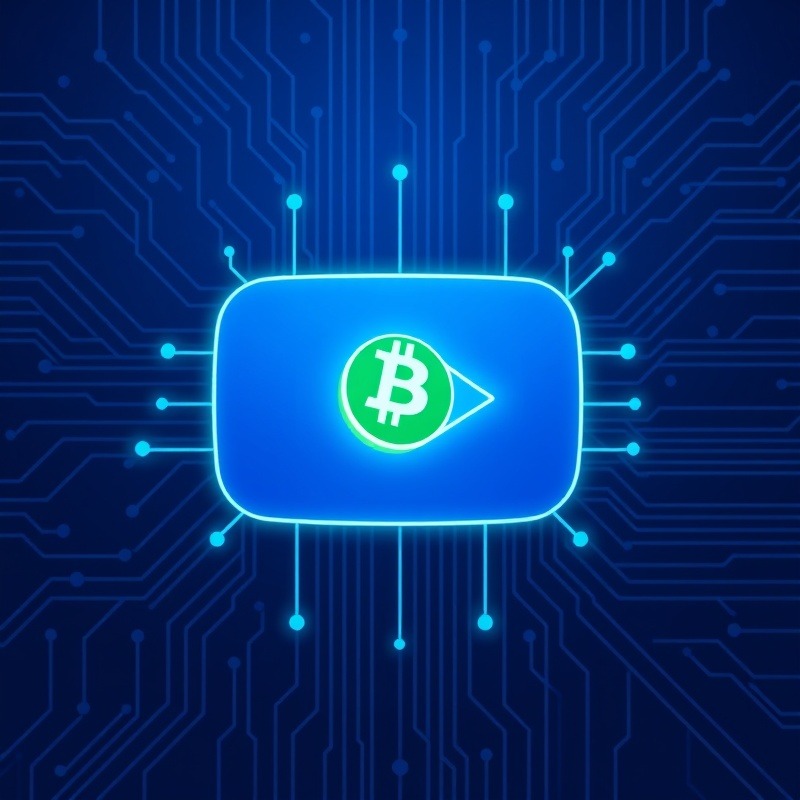
A Deeper Reflection: Bitcoin Halving and Its Philosophical Significance
The impending Bitcoin halving is not just a predictable event within the crypto-sphere; it represents a pivotal intersection of technology, economics, and philosophy. Bitcoin, with its algorithmically imposed scarcity, embodies Satoshi Nakamoto’s vision of a monetary system liberated from centralized control. This halving marks another chapter in the saga of Bitcoin, and as miners prepare to watch the reward per block diminish from 6.25 to 3.125 Bitcoins, it’s crucial to delve into what this means on a broader spectrum.
In Bitcoin Halving 2024: How It's Different This Time, Myths Debunked, Bitcoin Bugs, and More, the discussion dives into the intricacies surrounding halving, inspiring deeper reflections on the fundamental nature of Bitcoin and its societal implications.
Understanding the Halving: More Than Mere Mathematics
Every Bitcoin halving occurs after 210,000 blocks have been mined, effectively halving the rewards that miners receive for validating blocks. While the mathematics behind halving may seem straightforward, the impacts ripple through the entire ecosystem. On the surface, this is simply a reduction in supply. However, it challenges us to confront our perceptions of value and scarcity in the digital age.
The current mining reward of 6.25 Bitcoins is due to shift to precisely 3.125 Bitcoins—an integer of Satoshis when viewed through the lens of Bitcoin's architecture. But beneath these numbers lies a deeper narrative concerning the cyclical nature of human speculation, economic behaviors, and the fundamental principles of trust and consensus that underpin decentralized finance.
Myths and Misconceptions Surrounding the Halving
With every halving, a cavalcade of myths inevitably surfaces. Perhaps the most perennial is the "death spiral"—the notion that reduced miner rewards will lead to a catastrophic collapse of the network as miners turn off equipment in mass exodus. However, as posited in reflections by Andreas Antonopoulos, such fears are overblown and fail to account for the diversity and resilience of the mining community. Not all miners experience profitability in the same way, given varied costs in electricity and equipment efficiency. In reality, a segment of miners may find newfound profitability even in the aftermath of block rewards diminishing, thus ensuring that network operations continue.
Moreover, the suggestion that Bitcoin operates via a linear equilibrium model, where reduced supply should lead to price increases, is similarly simplistic. Historical trends suggest that market responses can be erratic, often delayed by speculatory hesitations and external market forces. Therefore, while many speculate an increase in value post-halving, the ‘when’ and ‘how much’ remain shrouded in uncertainty.
What’s Different This Time? A Changing Landscape
This coming halving is arguably set against a backdrop no other halving has seen—a historically high hash rate and a surge in institutional investments. Both elements suggest a robust interest and confidence within the crypto marketplace, yet they add layers of complexity to the anticipated outcomes. Can we truly predict the reaction of sophisticated institutional players in response to changes in Bitcoin’s supply dynamics?
Furthermore, as we stand at the cusp of this division in Bitcoin's bounty, it pushes us toward critical introspections about economic systems and their inherent structures. Decentralization, once a mere concept, is being discussed and implemented within mainstream finance. The Bitcoin halving thus serves not only as a technical reboot of its economic model but also as a philosophical juncture challenging our reliance on traditional monetary paradigms.
Future Predictions and Implications for Decentralized Finance
The halving event implores us to cultivate predictions about Bitcoin's trajectory and how it may influence decentralized finance (DeFi) more broadly. While some suggest that halving will act as a catalyst for price surges due to artificial scarcity, there exists a parallel where it exposes vulnerabilities in this emergent financial landscape. Increased scrutiny and participation from institutional investors also raise questions of regulation and the potential for centralized control emerging from the very revolution Bitcoin seeks to dismantle.
As several voices in the community propose, the most profound implications of these sequences unfold not in the immediate aftermath of block adjustments but in the collective reflexivity regarding Bitcoin's nature as both a commodity and a movement. Each event re-invigorates dialogues around control, privacy, and the essence of value in a world learning to embrace digital autonomy.
Conclusion: Watching and Learning from the Halving
In five days, as the 840,000th block gets mined and the Bitcoin reward transitions to 3.125, we will not only witness a technical alteration in reward distributions but embark on another chapter of collective contemplation about our relationship with money and authority. The Bitcoin community has weathered the storms of speculation before, and this halving invites us once again to lean into the uncertainty with philosophical curiosity and a commitment to decentralization. We must engage with the complexities of these changes, not merely as investors or traders but as active participants in a historical shift toward financial freedom.
To stay updated on Bitcoin and unravel more delights from the realm of cryptocurrency, consider supporting other educational initiatives that spread knowledge and explore the depths of these financial innovations.
 Add Row
Add Row  Add
Add 




 Add Row
Add Row  Add
Add
Write A Comment